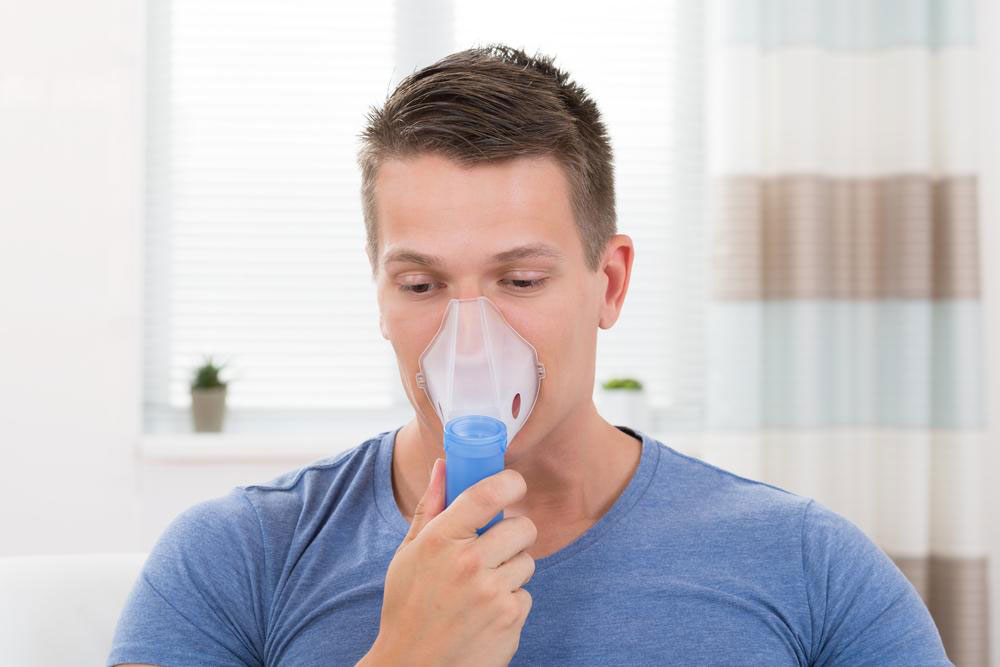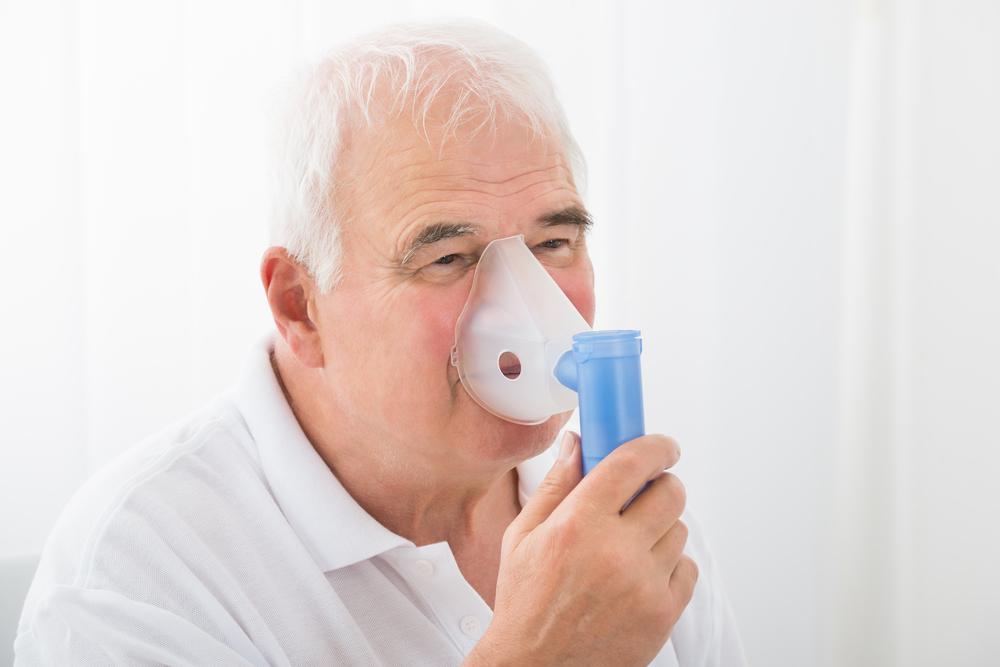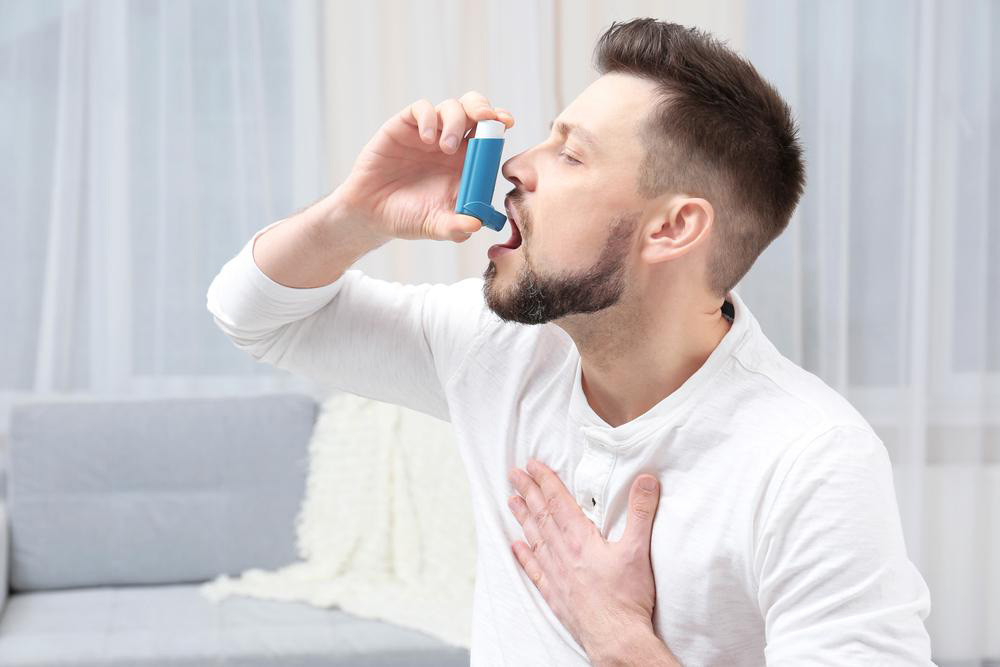Comprehensive Guide to Using Symbicort Inhalers Effectively for Better Respiratory Health
This comprehensive guide provides detailed instructions on the proper use of Symbicort inhalers, emphasizing priming, cleaning, dosage adherence, and troubleshooting. By understanding these essential techniques, patients can optimize their respiratory treatment, effectively manage asthma and COPD symptoms, and improve their overall lung health. Regular consultation with healthcare providers and careful device maintenance are key to achieving the best results from Symbicort therapy.

Comprehensive Guide to Using Symbicort Inhalers Effectively for Better Respiratory Health
Managing respiratory conditions such as asthma and chronic obstructive pulmonary disease (COPD) requires a thorough understanding of proper inhaler techniques to ensure medications are delivered effectively. Symbicort is a cornerstone medication prescribed to patients needing long-term control of their respiratory symptoms. It is vital for users to know not just how to operate the inhaler, but also how to maintain it properly, understand dosing schedules, and recognize when to seek medical advice. This comprehensive guide aims to equip patients with the knowledge necessary to optimize their treatment outcomes with Symbicort inhalers.
Symbicort is widely prescribed because of its dual-action formula that combines a corticosteroid and a long-acting beta-agonist, offering both anti-inflammatory benefits and airway relaxation. Available in two strengths — 80/4.5 mcg for asthma and 160/4.5 mcg for COPD — Symbicort is suitable for individuals over 12 years old when other treatments are insufficient. Proper usage is essential to achieve the desired therapeutic effects, reduce the risk of side effects, and prevent exacerbations. This detailed guide discusses everything from inhaler priming to cleaning, dosage, and troubleshooting common issues, empowering users to take control of their respiratory health effectively.
Priming your Symbicort inhaler before first use, after a week of non-use, or if accidentally dropped, ensures the medication disperses correctly with each spray. The following steps detail the priming process and proper inhalation techniques:
Hold the inhaler upright to prevent medication from escaping.
Vigorously shake the inhaler for approximately five seconds to mix the contents thoroughly.
Remove the mouthpiece cover carefully to expose the mouthpiece.
Press down fully on the canister to release a test spray into the air, ensuring the device functions correctly.
Shake again for five seconds after priming to prepare for actual inhalation.
Position the mouthpiece into your mouth, ensuring the opening faces your throat properly.
Seal your lips securely around the mouthpiece to prevent medication leakage.
Press the canister fully while inhaling slowly and deeply through your mouth, ensuring the medication reaches deep into your lungs.
Hold your breath for about 10 seconds to allow the medication to settle in the lungs.
Exhale slowly and remove the inhaler from your mouth.
If a second dose is prescribed, repeat the shaking and inhalation process.
After use, clean the mouthpiece with a tissue or cloth to prevent medication buildup or blockage.
Monitoring the inhaler’s usage counter is vital; once it shows 20 remaining doses or changes color to orange, it’s time to replace the inhaler to ensure consistent medication delivery. Adherence to the prescribed dosage is crucial; if you forget a dose, take it as soon as possible unless the next dose is approaching. Never double dose to make up for missed medication to prevent potential side effects. If you experience difficulties with Symbicort, alternatives like Spiriva inhalers might be suggested by your healthcare provider, especially in cases of intolerance or specific symptom management.
Effective management of respiratory conditions hinges on proper device handling, regular medication review, and adhering to healthcare provider instructions. Educating yourself on proper inhaler techniques, cleaning routines, and recognizing early signs of inhaler malfunction or deterioration can significantly improve treatment success. Regular check-ins with your healthcare professional will help fine-tune your therapy, provide reassurance, and address any concerns promptly. Remember, consistent and correct use of Symbicort inhalers can dramatically improve your quality of life by controlling symptoms and reducing emergency exacerbations.





